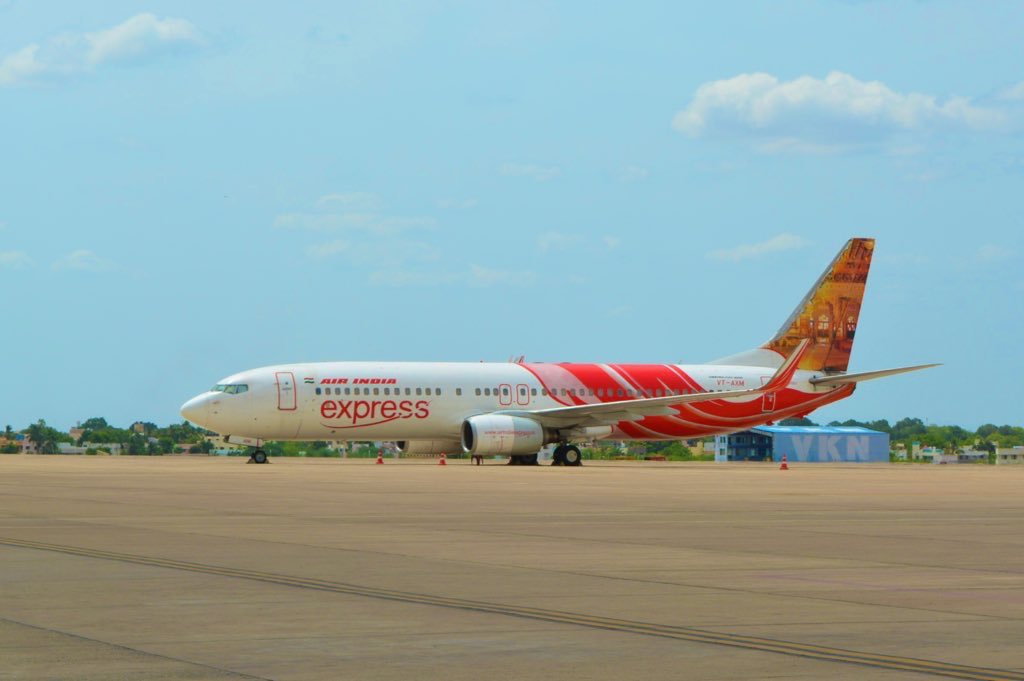India’s civil aviation sector has undergone a dramatic transformation over the past 11 years, emerging as a vital pillar of the country’s infrastructure growth under the leadership of Prime Minister Narendra Modi. From just 74 operational airports in 2014, the number has more than doubled to 160 by March 2025, including 145 airports, 13 heliports, and 2 water aerodromes.
A major thrust has been on regional connectivity and inclusive development. Under the UDAN scheme, 625 new air routes have been operationalised, connecting 88 unserved and underserved airports, benefiting over 1.51 crore passengers. The scheme has received over ₹5,000 crore in funding, targeting difficult terrains, including the Northeast, tribal belts, and hilly regions.
Several greenfield airports have become operational during this period, including Durgapur, Shirdi, Kannur, Pakyong, Kalaburagi, Kurnool, Kushinagar, Sindhudurg, Donyi Polo (Itanagar), and the MoPA Airport in Goa, significantly boosting regional tourism and trade.
Digital reforms have been a key driver of efficiency. The eGCA platform has digitized nearly 300 aviation services, while Digi Yatra—adopted by over 5.2 crore passengers—has enabled seamless travel through facial recognition. Enhanced security measures like the biometric AEP and paperless e-BCAS system have further modernized airport operations.
India’s drone ecosystem has seen rapid policy and industrial support, with over 32,000 drones registered and more than 26,000 remote pilot certificates issued. The government has also introduced the Bharatiya Vayuyan Adhiniyam, 2024 to modernize aviation laws and boost indigenous manufacturing under Make in India.
Flagship schemes like Krishi UDAN, Lifeline UDAN (launched during COVID-19), and HEMS (India’s first air ambulance pilot project in Uttarakhand) are addressing agriculture, emergency response, and remote healthcare needs.
Social inclusion has also been prioritized. India now leads globally in women pilots (15%) and aims to grow the women workforce in aviation to 25% by 2025. Passenger services have improved, with baggage turnaround times now under 30 minutes at major airports, and UDAN Yatri Cafés launched to offer affordable meals.
Recent Cabinet decisions have cleared major expansion projects, including airport upgrades in Varanasi (₹2,869 crore), and new civil enclaves at Bihta (Patna) and Bagdogra, with investments exceeding ₹2,900 crore.
India’s civil aviation sector is poised to be a key enabler in the country’s journey toward Viksit Bharat@2047, driving economic growth, enhancing connectivity, and strengthening national integration.










